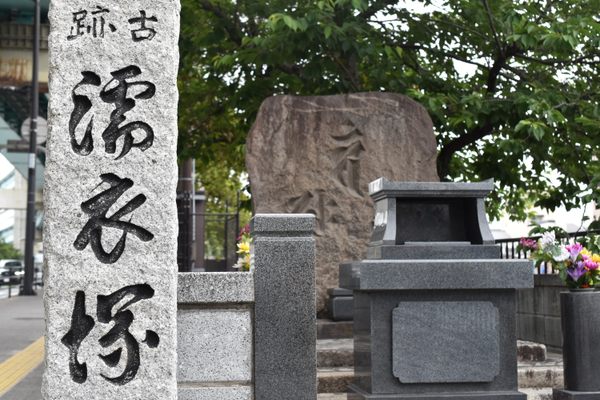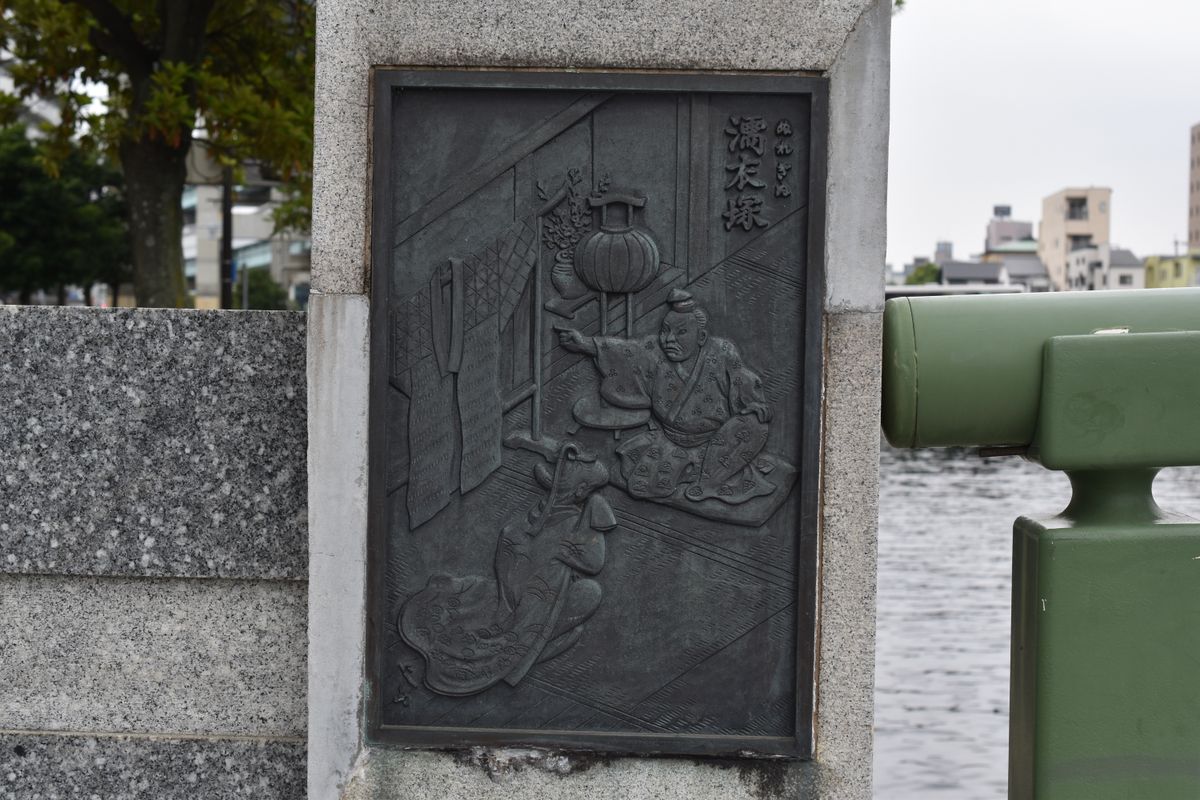About
The Japanese idiom nureginu has been in continuous use since the Heian period (794-1185) and means "false accusation" or "frame-up," while its literal definition is "wet clothes." Though the word is frequently used today, its etymology remains rather obscure even to native Japanese speakers. Still, it is no doubt an idiom suggesting the existence of some sort of story behind its origin.
Legend has it that, during the reign of Emperor Shōmu (724-749), a nobleman named Chikayo Sano was appointed as the governor of Chikuzen Province (today Fukuoka) and came from Kyoto to Hakata, bringing his daughter Haruhime and his second wife. Envious of her stepdaughter's beauty, Sano's wife decided to frame her up and ruin her life. She bribed a local fisherman and bought his still-wet kimono, then hung it up in Haruhime's room.
When Sano came back home that night, his wife told him that Haruhime has stolen the fisherman's kimono—or, according to a variation of the story, is having an affair with him—and upon seeing the wet kimono in her room, Sano became furious and killed her in her sleep. A year later, the ghost of Haruhime appeared in Sano's dreams, claiming her innocence. Realizing his irreversible mistake, Sano turned his back on the world and spent the rest of his life as a monk.
Today, on the site of the Nureginu-zuka or the "Tomb of the Wet Kimono" stands a basalt stele, with three Sanskrit letters and the date 1344 inscribed on it. Originally standing beside the west gate of Shōfuku-ji Temple, it was first relocated to the Mikasa riverside during the Edo period, and then moved again to its current place in 2001. There is also a relief depicting the legend on the nearby Ishido Bridge.
Related Tags
Published
June 22, 2023







































